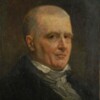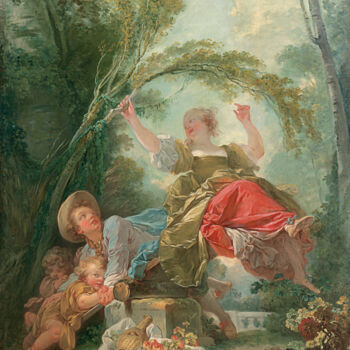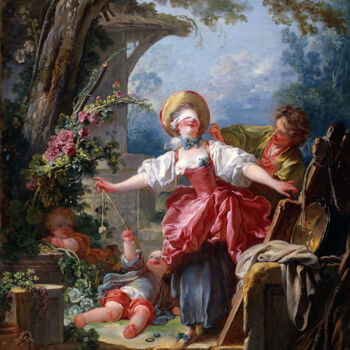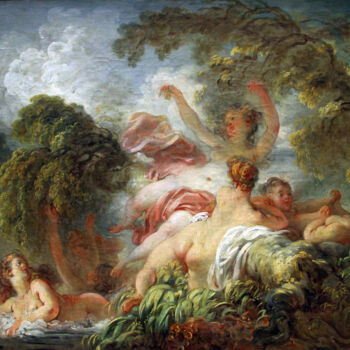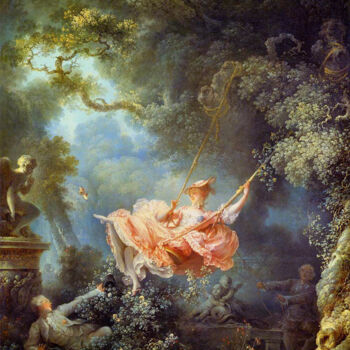The two sisters (1769) Peinture par Jean-Honoré Fragonard
Vendu par Artmajeur Editions
Cette impression est disponible en plusieurs tailles.
Vendu par Artmajeur Editions
-
Œuvre d'art originale
Peinture,
Huile
sur Toile
- Dimensions Hauteur 28,3in, Largeur 22in
- Encadrement Cette oeuvre n'est pas encadrée
- Catégories Classicisme Scène de genre
On April 5, 1732, Jean-Honoré Nicolas Fragonard was born in Grasse, France. He was a Rococo painter and engraver from France.
His family moved to Paris when he was six years old. He was very interested in painting and drawing while he was learning to be a notary. The lawyer Fragonard worked for as an apprentice told him to start learning how to be a painter.
Around 1748, the Frenchman got his first art lessons from Francois Boucher, who was at the time the most well-known Rococo artist. Boucher saw that the boy had a lot of potential. He made Fragonard's style and the way he did things.
Francois Boucher suggested that Fragonard apply for the Prix de Rome Scholarship from the Royal Academy of Painting and Sculpture, which he did in 1752. Jean-Honoré Fragonard's painting "Jeroboam Sacrificing to the Golden Calf" got him the scholarship. At the academy, he copied the work of Roman Baroque artists and made many drawings. He liked the work of the best artists from the Dutch and Flemish schools. This was clear in a series of portraits and portraits of old men with strong faces.
Fragonard was inspired by the landscape, nature, and old sites he saw while traveling through Italy.
When Fragonard went back to Paris in 1765, he was invited to join the Royal Academy. The things he saw and did on the trip influenced his art, and he became known for his landscapes. The landscape, gardens, terraces, and temples drew the artist in.
Neoclassicism was popular when Jean-Honoré Fragonard was alive. But the artist couldn't change to the new style, so he stuck with his colorful, romantic scenes and close-up views of people. Fragonard was the last French Rococo artist who did well.
Fragonard died in Paris on August 22, 1806. His death went almost unnoticed because many art historians didn't pay attention to his work for almost 50 years and thought it was out of date until about 1850.
-
Nationalité:
FRANCE

- Date de naissance : 1732
- Domaines artistiques: Représenté par une galerie,
- Groupes: Artistes Contemporains Français Artistes présentés par une galerie





